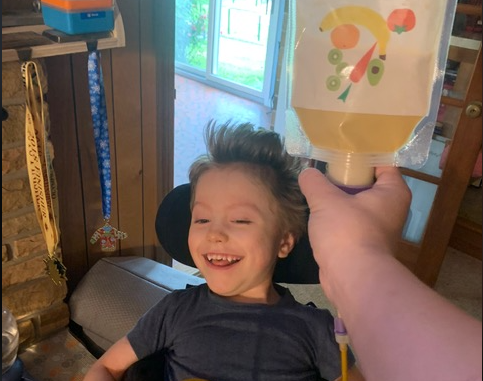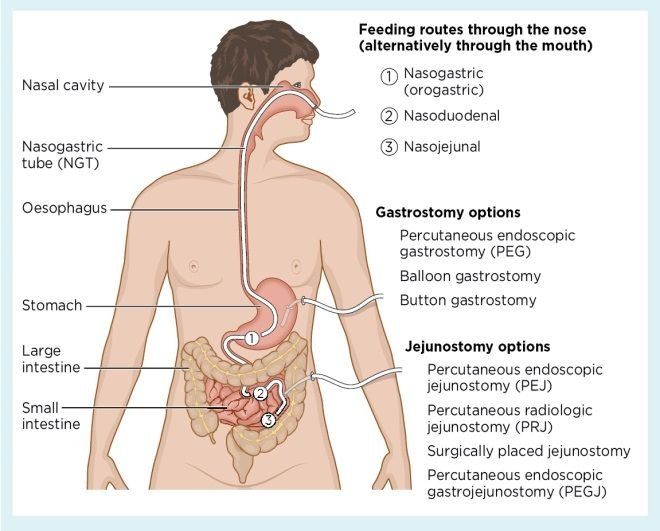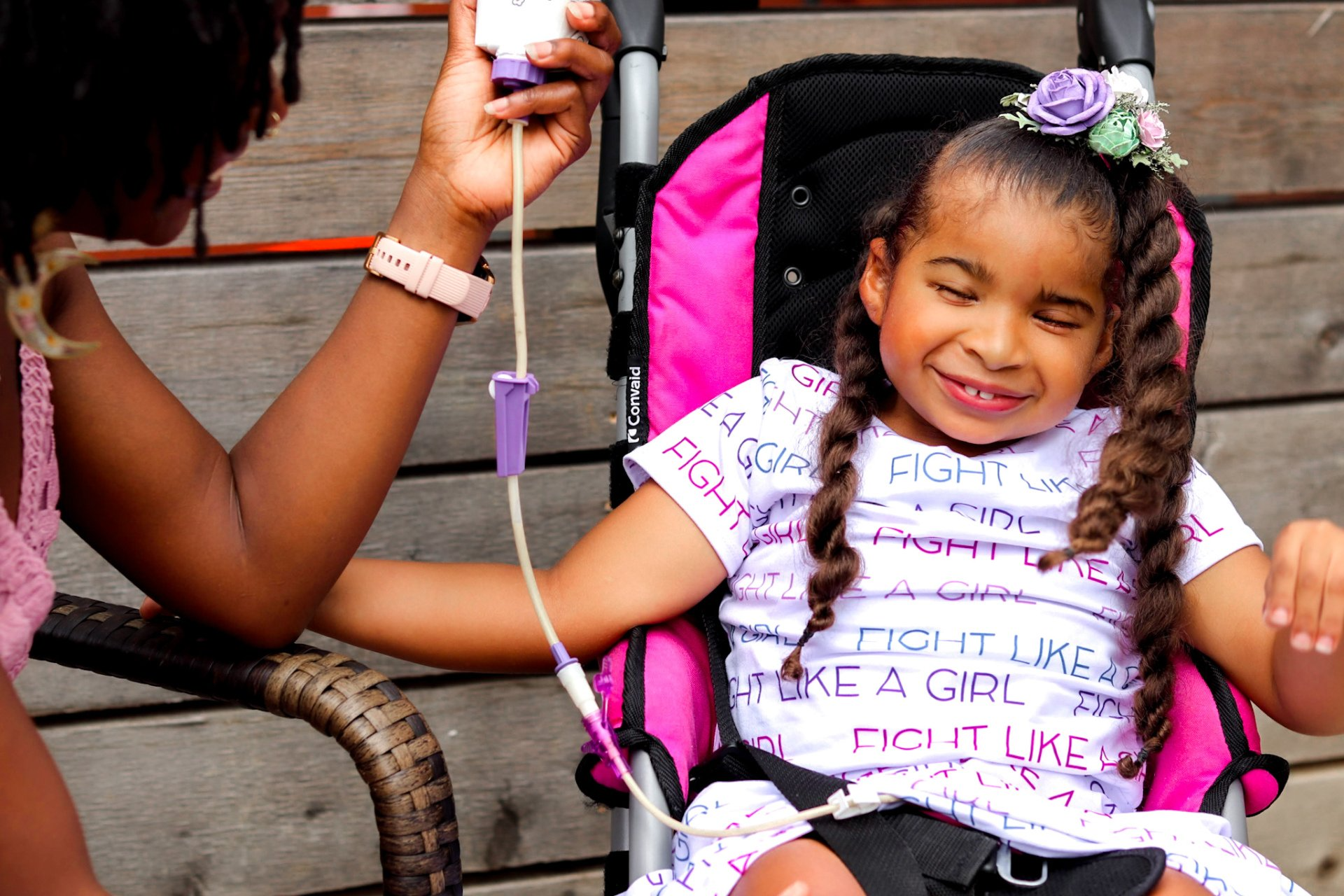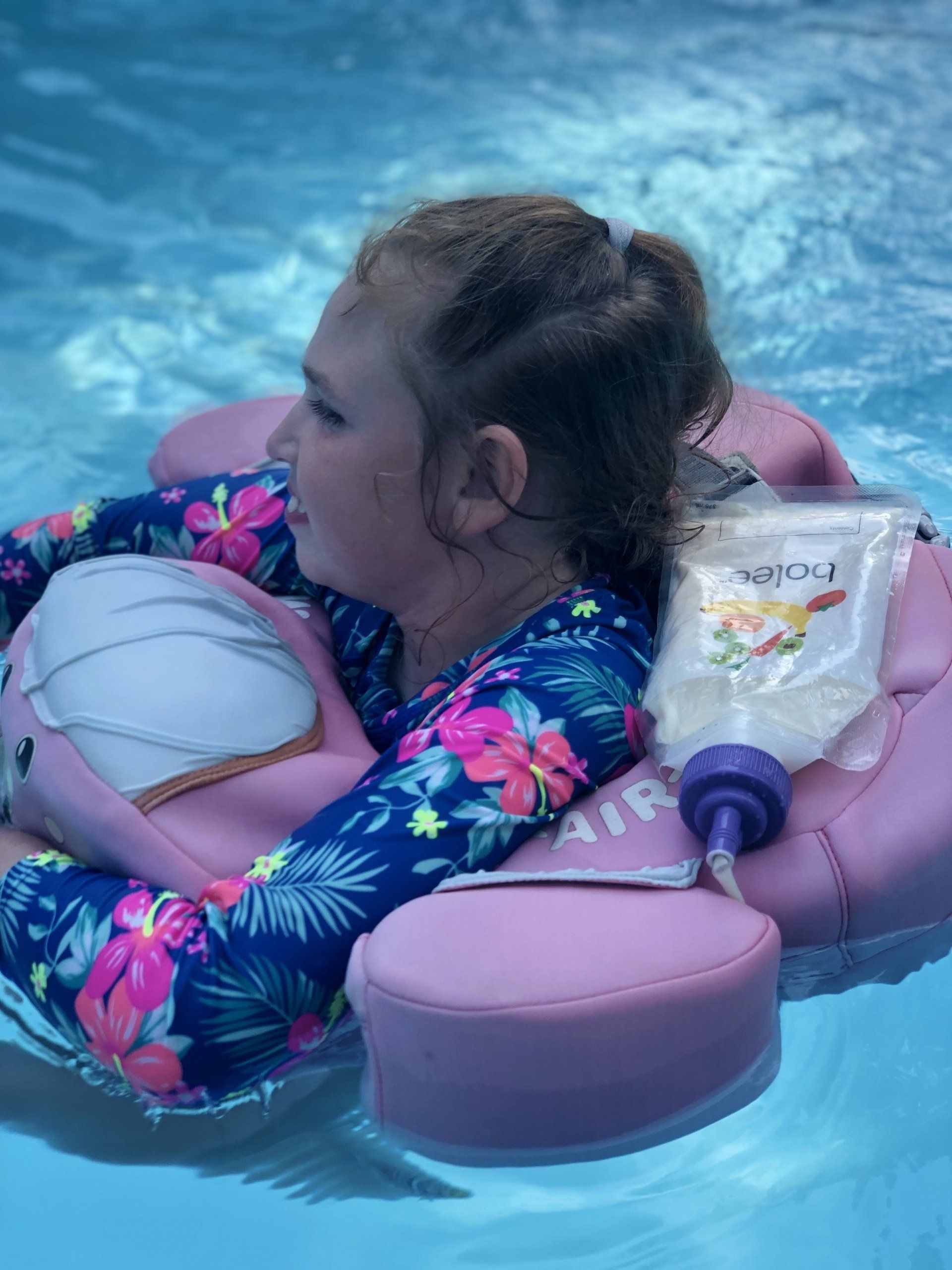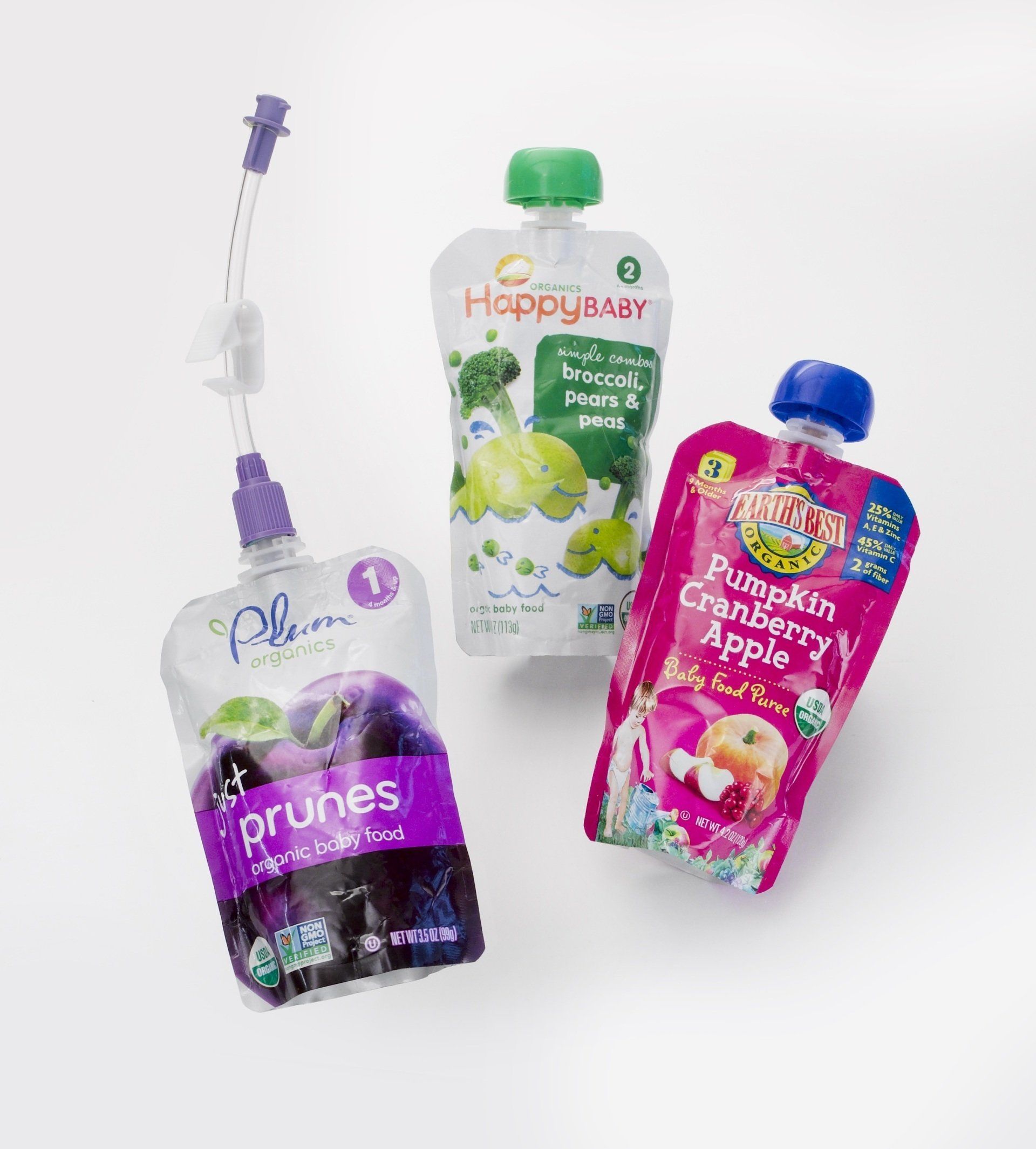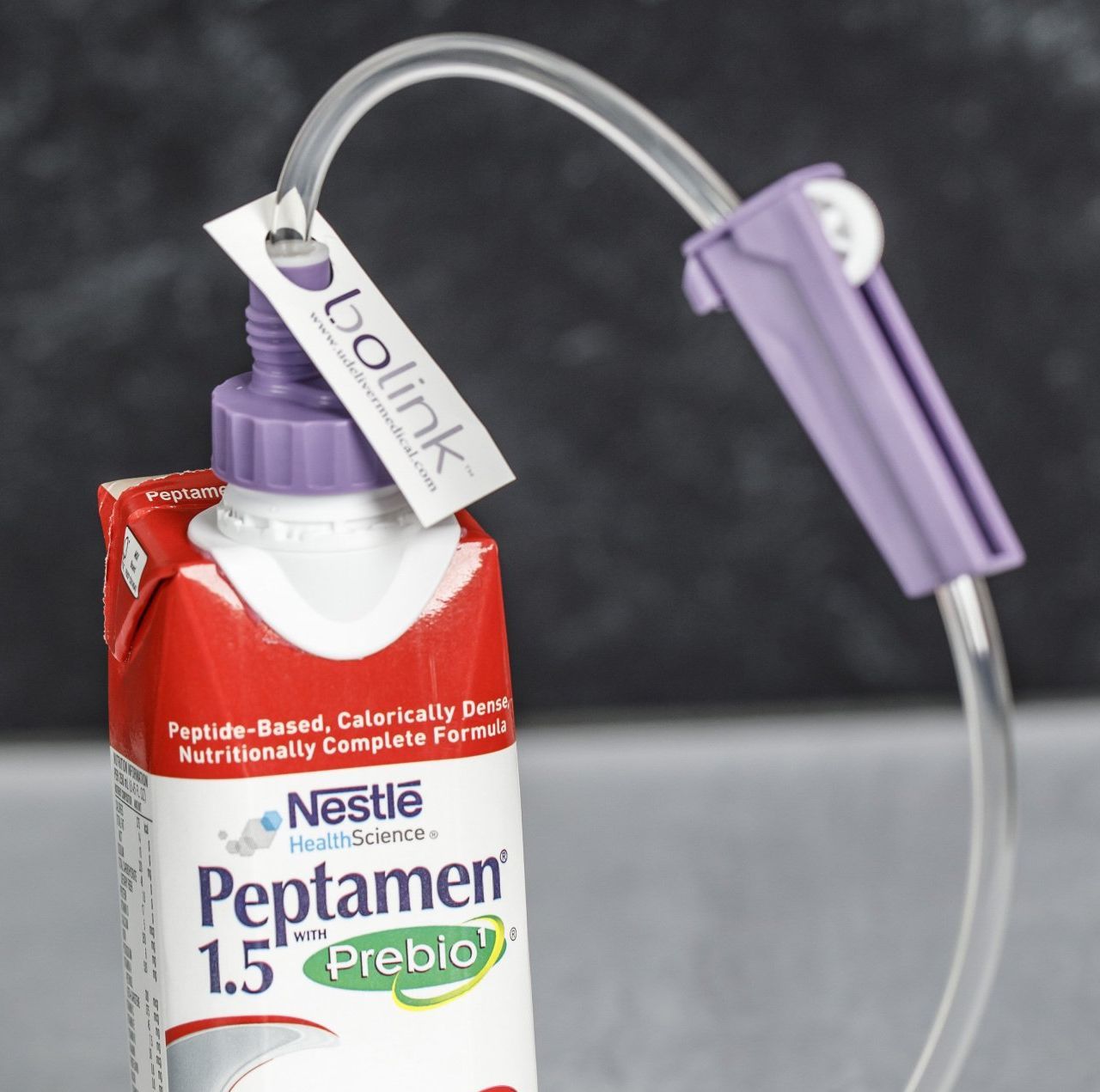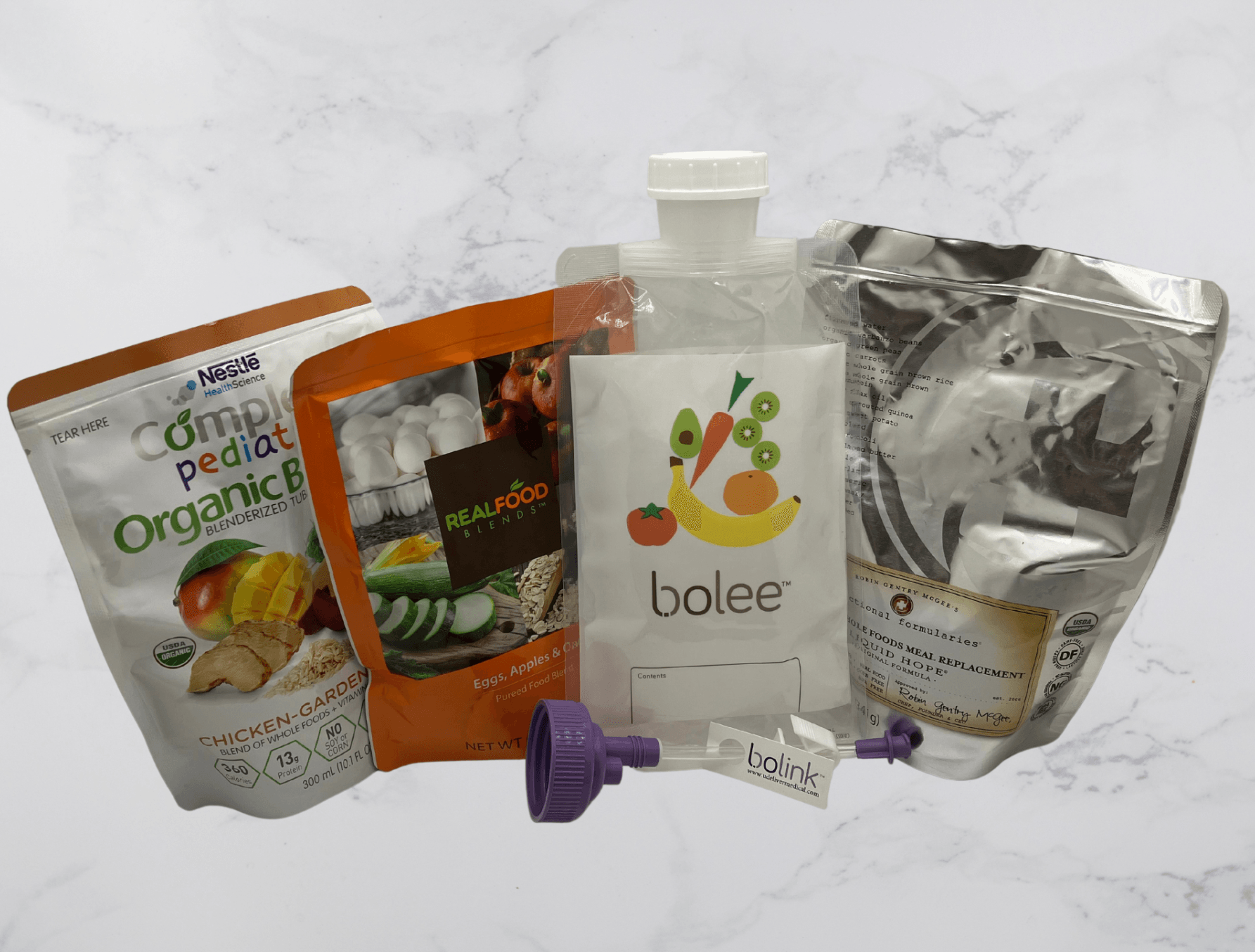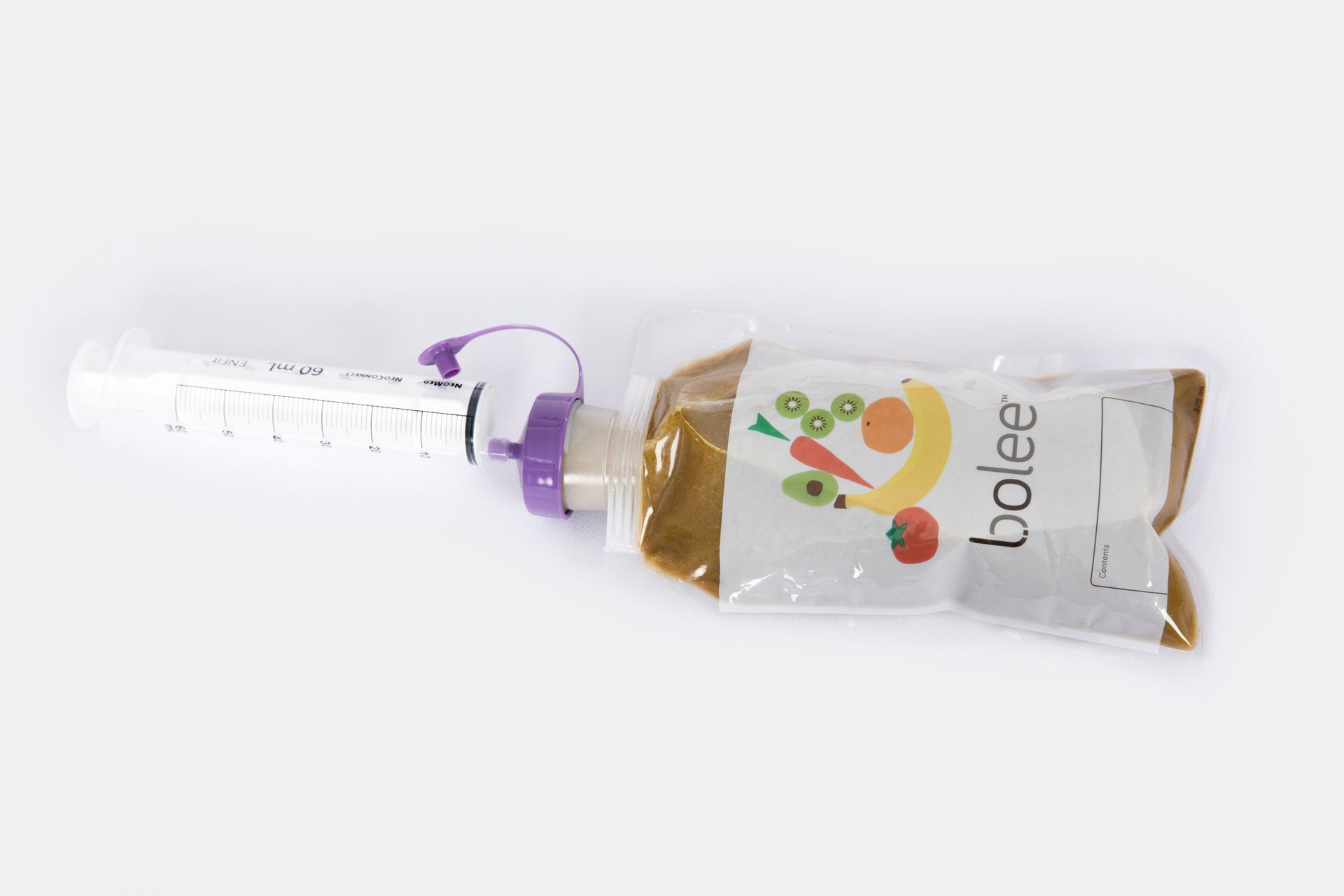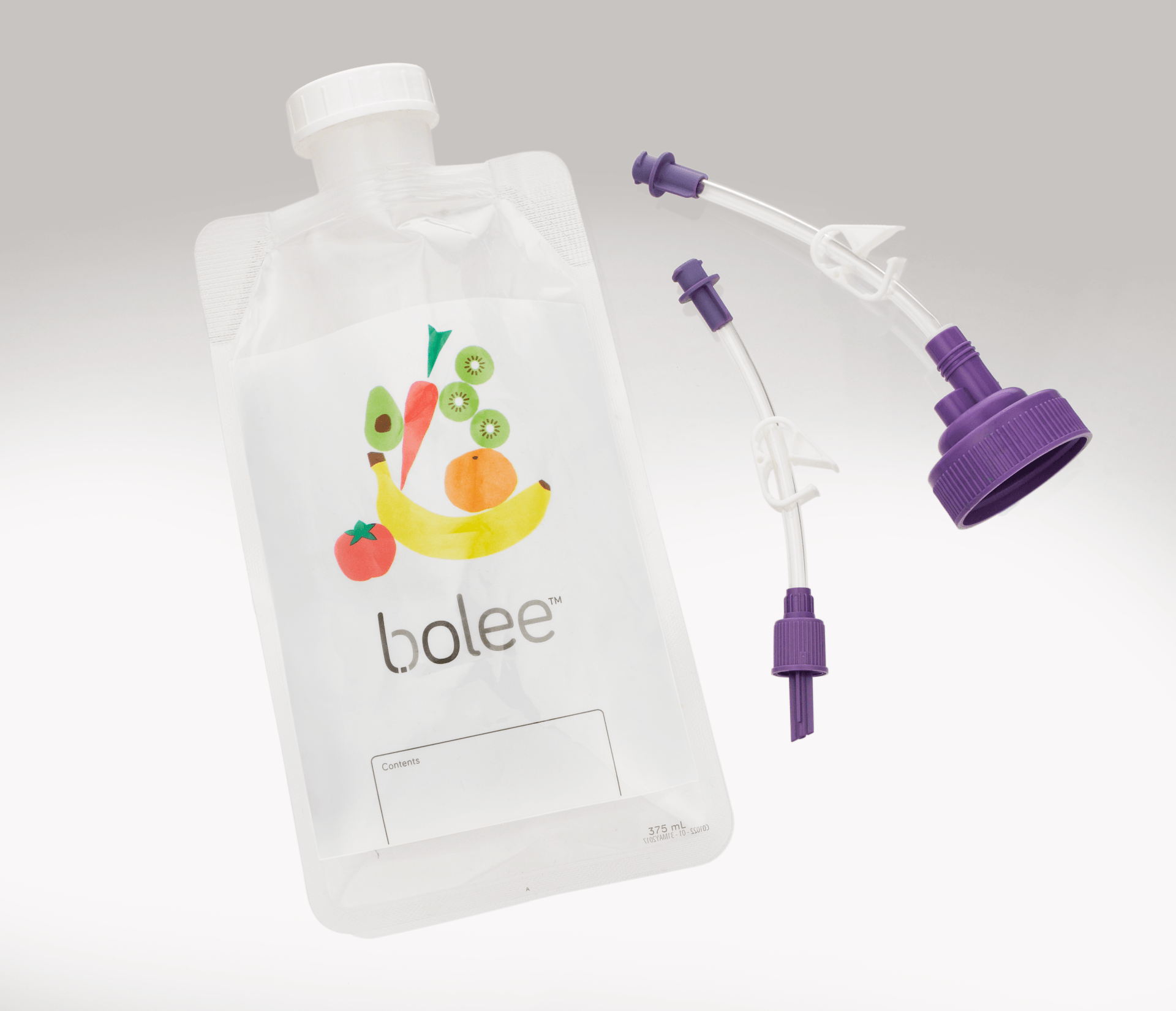A Crash (and no way comprehensive) Course in the History of Tube Feeding
A special guest post from Melanie Dimmitt
For those of us approaching a feeding tube with trepidation, it may be heartening to know that, 80 years ago, ‘rectal feeds’ were all the rage. Up until the 1940s, enteral nutrition was delivered via enema - in its earliest form, it’s believed the ancient Greeks and Egyptians used animal bladders to achieve this - but the surgically placed feeding tubes of today have their roots in the mid-to-late 1800s.
Nasogastric feeding tubes debuted more than two centuries earlier when, in 1617, Italian surgeon Girolamo Fabrici d'Acquapendente proposed treating tetanus with a ‘small, curved silver cannula, through which we introduce the food in liquid form directly into the palate, passing through the nostrils’. However, old mate Girolamo might be peeved to know that US physician Abraham Louis Levin, inventor of the Levin tube in 1921, is acknowledged as the father of the NG-tube.
Back in the 1800s, most attempts at gastrostomies didn’t end well, but let’s not lose sleep over 19th century wound contaminations. Instead, allow me to introduce Dr Lycurgus Lafayette Staton who, in 1870, became the first American surgeon to perform a gastrostomy without spelling a swift end for his patient - an eight-year-old boy with esophageal stricture (abnormal narrowing or tightening of the oesophagus). Within two months of his surgery that boy was chewing his food and injecting the resulting purée into his tube.
This could have been the first instance of ‘blenderised feeds’ if it weren’t for a man called Jan Baptist von Helmont. In 1646, this Belgian chemist fashioned a leather, hollow tube which patients would swallow before syringing through blended food - perhaps also prepared in their very own mouths.
Let’s pause here for a moment to appreciate the modern, mastication-free marvels that are high-performance blenders.
The first successful jejunostomy - a gastrostomy which goes into the top of the small intestine instead of the stomach - was performed in 1858. But it wasn’t until 1891 that Oskar Friedrich Witzel, a German professor of surgery, developed the most commonly used jejunostomy insertion technique.
Meanwhile, I’m sorry to report that rectal feeding was still around. In 1881, for a whole two months after being shot, it kept former US president James Garfield going on a diet of beef broth and whiskey before he died of sepsis.
In 1894, American gastric surgeon Martin Stamm published his description of a gastrostomy performed on a dog which, would you believe, with only minor tweaks is still widely used today.
Things dilly-dallied (rather direly) along until the 1940s, when the onset of modern antibiotics meant that patients needn’t perish from infections.
Later in this decade, flexible polyethylene (PE) tubing and feeding pumps also entered the scene. Then the space race of the ’60s saw astronauts in need of easy, portable nutrition - sparking the origins of enteral feeding formulas.
The ’70s saw nasojejunal tube-feeding starting to be used in paediatrics and, in 1979, two surgeons in Cleveland, Ohio, developed and performed the first percutaneous endoscopic gastrostomy (PEG) on a six-month-old baby. Prior to this, placement of a gastrostomy required a laparotomy - open abdomen surgery - to get the job done.
The PEG-tube insertion is now a routine medical intervention. This was the kind of surgery my son, Arlo, had in 2021 - a procedure that Arlo’s Sydney-based paediatric surgeon informed me he performs at least once a fortnight.
There is very little data indicating how many people are currently tube-fed in Australia and New Zealand. However, based on data from the US, where about half a million children and adults rely on feeding tubes, we can estimate that 0.15 per cent of Australians and New Zealanders are in this cohort. That’s around 45,000 people. And this number is growing.
So, to those who are fresh to the tube-feeding space, know that enteral feeding is as old as time (we’re talking 3500 years, at least). While the ins and outs can seem daunting - certainly at first - using a tube to feed isn’t that uncommon and, contrary to how you might feel now, you are far from alone in this experience.
Tube-feeding is now only getting slicker and more sophisticated. And one thing’s for sure, having been unquestionably superseded by modern medicine, rectal feeding is thankfully a thing of the past.
This article was originally published in
The Blend magazine, a free resource for parents and people in the tube-feeding community, created by Melanie Dimmitt, an Australian freelance journalist. Since launching her debut book,
Special: antidotes to the obsessions that come with a child’s disability, Melanie has written, spoken, podcasted and advocated far and wide for parents travelling not-so-typical paths.
The following studies and articles were very helpful in putting this article together:
Hejyork, A. (2020, July 18). A short history of feeding tubes. Retrieved July 04, 2021, from https://unlockingwords.wordpress.com/2019/03/31/a-short-history-of-feeding-tubes/
Minard, G. (2006, December 1). The History of Surgically Placed Feeding Tubes.
Retrieved July 04, 2021, from https://doi.org/10.1177/0115426506021006626
Chernoff, R. (2006, August 1). An Overview of Tube Feeding: From Ancient Times to the Future. Retrieved July 04, 2021, from https://www.ncbi.nlm.nih.gov/pmc/articles/PMC3136860/
Zampetti, P. (2020, August). Girolamo Fabrici d’Acquapendente’s “nasogastric tube” Strategies for artificial nutrition between the XVI and XVII centuries. Retrieved July 04, 2021, from https://mattioli1885journals.com/index.php/MedHistor/article/view/9420
D'Cruz, J. (2021, January 16) Feeding Jejunostomy Tube. Retrieved July 04, 2021, from https://www.ncbi.nlm.nih.gov/books/NBK562278/
Ponsky, J. (2011, Apr-Jun). The Development of PEG: How it was. Retrieved July 04, 2021, from https://www.ncbi.nlm.nih.gov/pmc/articles/PMC3136860/
w Paragraph
Photos and illustration added by U Deliver Medical.

